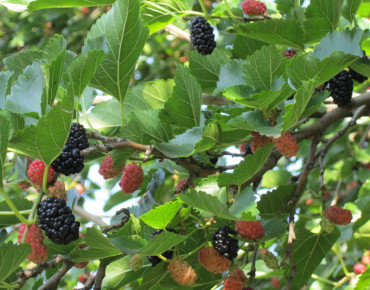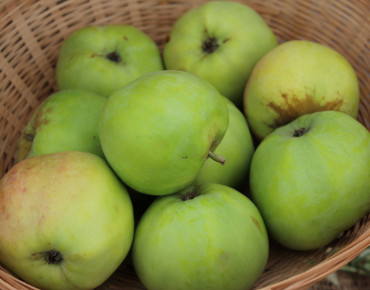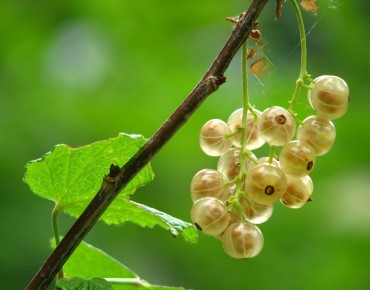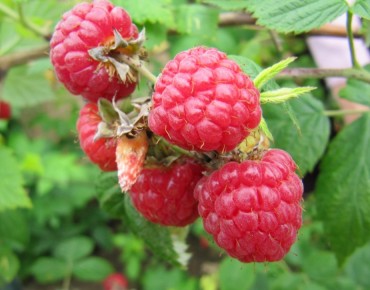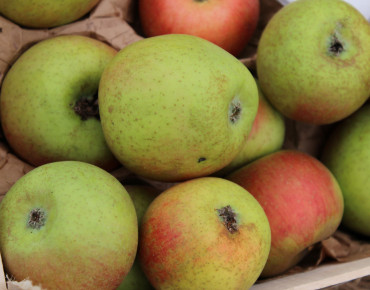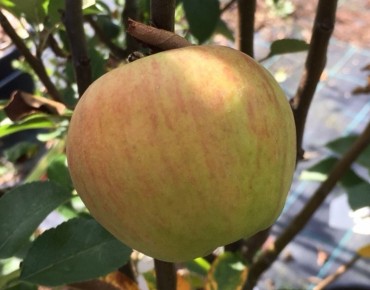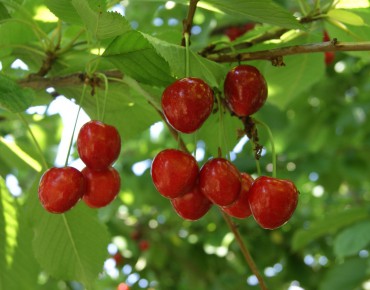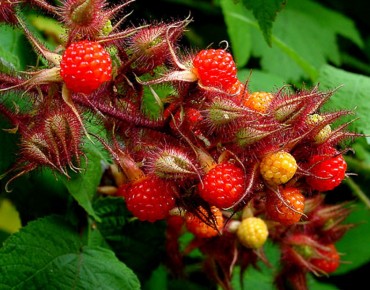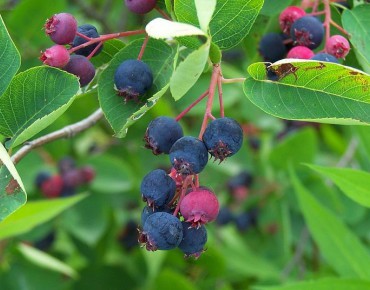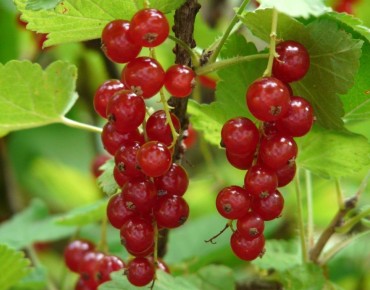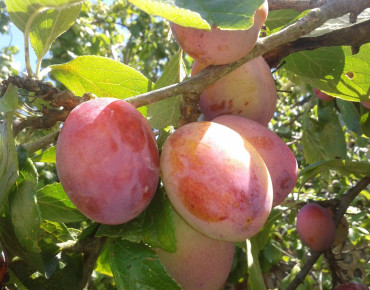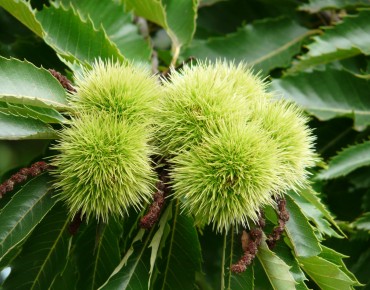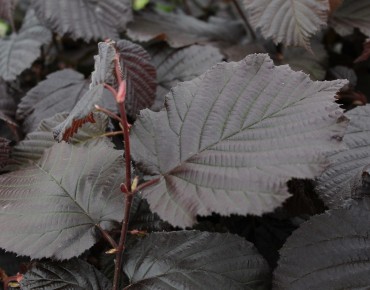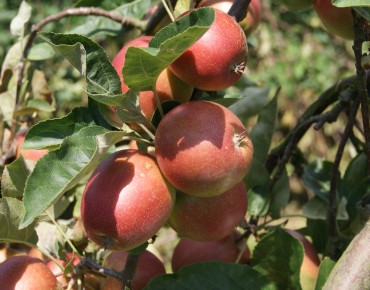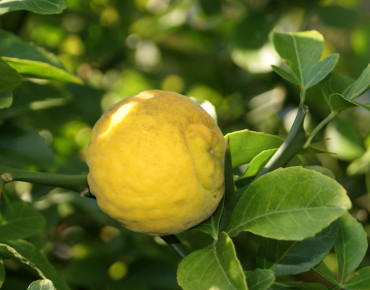Calebasse à la Reine Pear tree
Pyrus communis Calebasse à la Reine
Description
Calebasse à la Reine – Pyrus communis 'Calebasse à la Reine'
Main interest of the plant
The Calebasse à la Reine Pear tree is a historic Belgian variety dating back to 1770. It is known for its elongated pears, best harvested just before full ripeness to enjoy their crisp and refreshing texture. Grafted on low-stem rootstock, it is ideal for small gardens and family orchards. It also acts as a reliable pollinator.
Origins and characteristics
Geographical origin: Tournai, Belgium, around 1770 (Donat Leclercq)
Botanical family: Rosaceae
Notable features: This heritage cultivar is making a comeback in home orchards and edible landscapes for its distinct aroma and traditional appeal.
Description and features
Mature height: 2.5 to 3.5 meters (low-stem)
Mature spread: 2 to 3 meters
Habit: Upright and balanced
Bark: Dark brown, slightly rough with age
Foliage: Deciduous, yellow in autumn
Growth: Moderate
Hardiness: Very hardy, down to -20°C
Flowering and fruiting
Flowering time: Mid-season (April)
Flower description: White, pollen-rich blossoms
Fruits: Elongated yellowish pears with white, slightly grainy flesh, crisp before ripeness, then tender and juicy, acid-sweet with a hint of astringency and wine aroma. Watch for internal over-ripening.
It is pollinated by: Jeanne d'Arc, Beurré d’Hardenpont, Beurré Bosc, Légipont, Durondeau, Beurré Hardy, Conférence, Beurré Superfin, Seigneur Esperen, Triomphe de Vienne, Bon-Chrétien Williams, Beurré de Naghin, Duchesse d'Angoulême, Beurré Lebrun, Ananas de Courtrai, ...
It pollinates the following varieties : Ananas de Courtrai, Doyenné Boussoch, (ou Double Philippe, Beurré de Mérode), Beurré Lebrun, Duchesse d'Angoulême, Beurré de Naghin, Bon-Chrétien Williams, Triomphe de Vienne, Seigneur Esperen, Beurré Superfin, Conférence, Beurré Hardy, Durondeau, William's Duchess, Légipont, Saint Remy, Beurré d’Hardenpont, Saint Mathieu, Jeanne d'Arc, Joséphine de Malines, ...
Wildlife: Excellent spring nectar source and pollinator
Light and soil
Ideal light: Full sun
Soil type: Fertile, well-drained, neutral to slightly calcareous
Planting
Soil preparation tips: Mix in compost or mature manure
Spacing: 3 to 4 meters (low-stem form)
Soil nature: Loose and rich
Watering
At planting: Regular watering first year
At maturity: Low to moderate needs
Pruning
When and how to prune: Formative pruning first years, then light maintenance after harvest
Propagation
Method: Grafted onto quince for dwarf growth
Uses in the garden
Best placement: Edible hedge, small orchard, heritage gardens
Companion planting: Apple tree, plum tree, rosemary, balm, angelica
Traditional uses
Cultural use: Consumed fresh before full ripeness for crunch, or stored briefly. Must be picked early to avoid internal softening.
Pest and disease protection
Vulnerabilities: Medium to low susceptibility to scab
Natural prevention: Maintain air circulation, use horsetail or clay treatments
Tips for success
Practical advice: Harvest on time, sunny location, compost-rich soil
Cultivar specifics
‘Calebasse à la Reine’ is prized for its noble shape, refreshing early use, and aromatic profile. A productive tree and valuable pollinator in mixed orchards.
Features
- Common name : Calebasse à la Reine Pear tree
- Family : Rosaceae
- Category : grafted low stem fruit tree
- Spread : 2 to 3 m
- Foliage : deciduous
- Fruit : long, yellow-brown, white flesh, crisp, slightly tender, juicy
- Harvest : late August - early September
- Use : isolated - orchard
- Soil : neutral to slightly chalky
- Enemies : aphid
- Possible diseases : moderately to slightly susceptible to scab
- rootstock : Cydonia Oblonga K.Adams
- Pollinator : Légipont, Durondeau, Beurré Hardy, Conférence, Beurré Superfin, Bon-Chrétien Williams, Beurré de Naghin, Duchesse d'Angoulême, Beurré Lebrun, Ananas de Courtrai, ...
Expédition & livraison
How does the delivery work?
 As soon as you place your order your plants are selected
As soon as you place your order your plants are selected Each order is processed individually.
Each order is processed individually. Plants are packed, staked and labeled.
Plants are packed, staked and labeled. Packaging is carefully implemented to avoid any problems.
Packaging is carefully implemented to avoid any problems. Packages are ready to be shipped.
Packages are ready to be shipped.
Our delivery methods
Shipping of our plants throughout Europe (except overseas and islands).
Customer reviews








